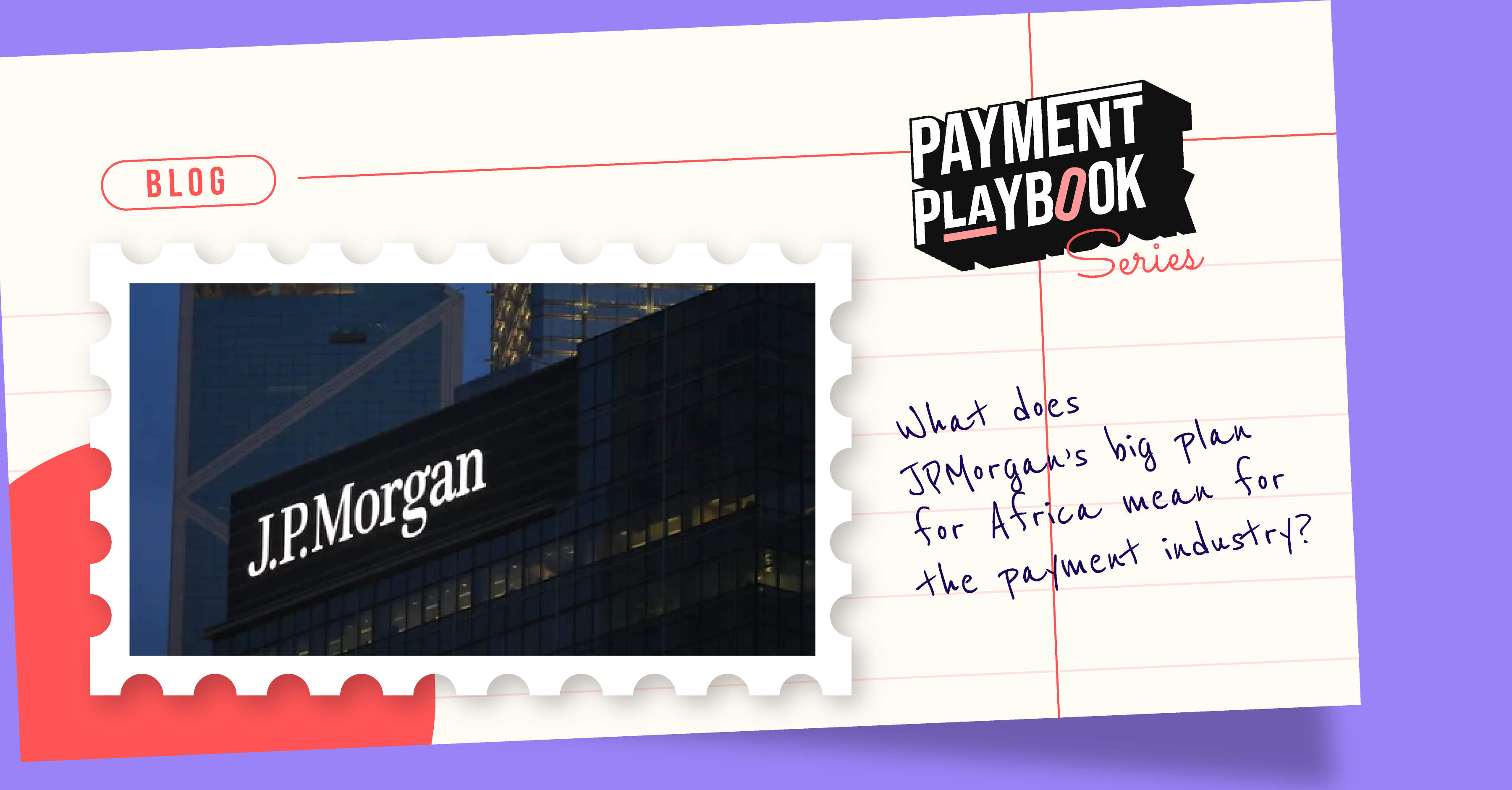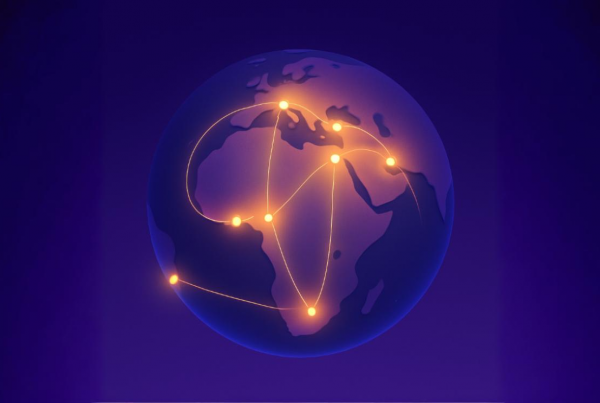Recently, Jamie Dimon, the Chief Executive Officer of global banking giant JPMorgan, visited Nigeria, where he attended a Nigerian Economic Summit Group event in Abuja and an intimate meeting with selected industry players in Lagos.
Dimon’s trip is part of his first visit to Africa in seven years, which also included stops in South Africa and Kenya.
This visit coincided with JPMorgan’s launch of offices in Kenya and Ivory Coast. According to Bloomberg, the bank is expanding on the continent, where it already has about 160 employees.
“What we want to do is open more countries in Africa so that over time, the next generation has a footprint here,” Dimon said at the earlier-mentioned event in Abuja, adding that they are quite optimistic about the continent.
Already in Africa, JPMorgan offers services in custody, payments, investment, and commercial banking, as well as equity research. But with the launch of its two new offices in Africa and the internal review of whether to pursue a full banking licence in Nigeria, it is clear the US bank has many future plans for Africa. But what would this mean for the payment industry in the region?
What does it mean for the payment industry?
For this article, we sampled the opinions of crucial industry players, from fintech bros to product managers in fintech and tech experts.
One response we got was not optimistic that JPMorgan would be heavily invested in Africa. This fits the bank’s current strategy of having small units in a few countries to cover regions rather than full-fledged banks.
With the potential for a hotbed of high yield in Africa, this thought believes that JPMorgan is simply setting up more ears closer to the ground to get more business.
Most responses were similar to the point that JPMorgan will stick to commercial and investment banking.
USD payment rails
JPMorgan’s biggest impact on payments will be from retail banking, which is not thought to be in their plans.
However, as a commercial and investment bank, several responders are optimistic that the presence of the banking giant would open USD rails to financial institutions and fintechs.
USD payment rails are the infrastructure or systems through which USD-denominated payments are processed.
Fintechs often rely on banks or intermediaries to gain access to these rails, especially when dealing with cross-border payments or accessing global currencies.
As one of the largest global banks with significant USD liquidity, JPMorgan is in a strong position to provide direct access to the USD financial system.
This can foster collaborations to help fintechs bypass intermediaries and access USD directly. This would also streamline cross-border payments, reduce costs, and increase the efficiency of USD transactions across African countries.
The challenges in USD liquidity in Africa and its effect on cross-border transactions are well documented.
With easy access to USD payment rails, Fintechs won’t have to rely on third parties to convert or handle USD transactions. This reduces fees and processing times for cross-border transactions, which is crucial for businesses that deal in international markets.
It will also accelerate access to global markets for African fintechs and startups and lead to improved cross-border payment capabilities by integrating more sophisticated payment rails into the African market.
The Payment Playbook series on Fincra dissects trending issues and topics around the payment industry.



